No, this was not what we ate while we were at Chengdu, but it is the favorite diet of Chengdu's most famous residents - the Giant Pandas. China's cuddly national icon is endangered and fewer than 1000 are believed to be in the wild. In fact we read some statistic that claimed that close to 90% of the giant panda population occuring in the wild live within a few mountain ranges in Sichuan, Shaanxi and Gansu provinces. To reverse this declining population trend the Giant Panda Breeding Research Base north of Chengdu does its part to 'encourage' these reluctant creatures to breed.
We were told that the pandas are most active in the morning, so we got there early. We spent a few delightful hours walking through the extensive grounds of the center watching these adorable creatures go about their daily business of cracking bamboo twigs, peeling off the tough exterior with their teeth and munching away on the pulp. Since bamboo is low in nutrients, they need to spend several hours a day going through tons of this stuff to have a satisfactory meal! There wasn't much information on how much they spend on dentist bills. But It was heartening to see a few panda cubs wrestling away with their mothers while moms were trying to feed.
There are over 50 giant pandas at the base and to keep things interesting, all the pandas are identified by name accompanied by a brief life history and their special characteristics. For instance we learned that Ya Shuang (Born : Aug 28, 2002) has a very good appetite and is not picky about her food ! Way to go Ya Shuang ! We are rooting for you.
In addition to the Giant Panda, this facility is also home to the smaller Red Pandas that really look (and behave) more like raccoons. But the black and white Giant Pandas are really the star attraction.
We arrived in Chengdu after a 4 hour bus trip from Chongqing. Chongqing is a large, noisy and busy port city and neither of were inclined to spend too much time there. Chengdu, while also a shiny modern city, seemed to us a little more laid back and relaxing. Maybe where we stayed factored into creating this impression - our hostel was only a couple of hundred meters from the intercity bus station, and yet it was a quiet oasis. Close by, the Brocade River ran through the center of the city and several bridges span the river at regular intervals. Most places we wanted to visit were well connected by public transport, so it just added to the charm of the place.
We learned of the possibility of attending a performance of the Sichuan Opera the very same evening that we arrived. Sichuanese opera is one of several Chinese operatic styles and is evidently well known for its singing compared to other forms. We suspected that what we were signing up for was a probably a performance customized for tourists but decided that we would go anyway as we wanted to sit back and be entertained.
The show did not disappoint. All elements of a traditional Sichuanese opera were presented including stunts like fire-spitting and face-changing, where the characters in bright costumes wear vividly colored masks which they change within a blink of an eye ! It truly seemed like magic. The performance also included other segments like shadow puppets and props like stick puppets. It was well worth the expense.
In a day of wandering through the city, we visited Wehshu Temple, Chengdu's largest and best preserved Buddhist Temple, Tianfu Square (with Mao's towering statue at one end of the square) and People's Park. We have noticed that there is a People's Park in every major city and it is usually the hub of a lot of activity. The citizenry take the "people" designation to heart and use the free open space to play sports, practice tai chi, play board games etc. Orchestral groups both practice and perform, their microphones competing with each other for sound space. Multi-generational groups try to perfect their dance steps or swing away in abandon. These open spaces are really put to good use.
In the evening we also strolled through Kuanzhai Alley, a pedestrian area that has been created by renovating Qing Dynasty hutongs (courtyard houses most famous in Beijing) and making them into shops, cafes, bars and hotels. While these type of houses are not original to Chengdu, the renovated neighborhood consisting of three parallel alleys are fun to browse through.
We also visited the Jinli night market that was a buzz of activity centered around stall selling knickknacks and local snacks. We tried several including fried and spiced stinky tofu, some bean paste concoction and a dish that included 4 varieties of dessert. Ever since we started on this trip, we have stayed fairly consistent with our plan to eat what the local cuisine has to offer rather than cop out and look for something familiar like Western (read pizza, pasta etc.) or other Asian foods (read Thai, Indian etc.) all of which is usually available if you care to look for them. Since we were in Sichuan and Sichuan is very famous for its cuisine, we were determined to try some of the delicacies. We did have a few delicious meals at local establishments (and not too spicy at that) but due to a severe allergic reaction that was directly traceable to these meals (only M was affected, V was totally unfazed), we had to abandon it for our last meal in Chengdu. We settled for a foot-long Subway sandwich !
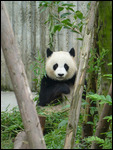
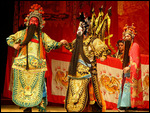
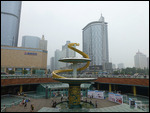

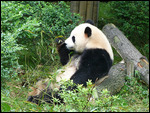
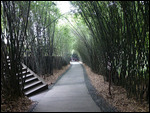
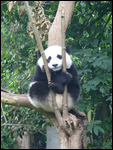

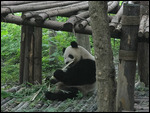

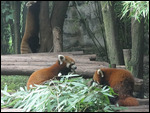

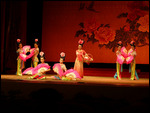
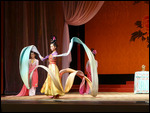

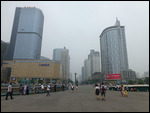
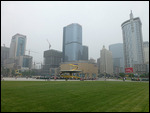
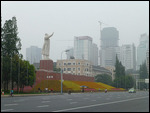
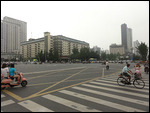
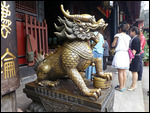
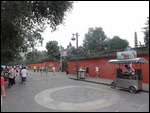
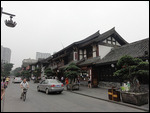
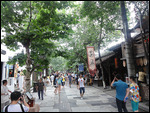


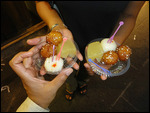

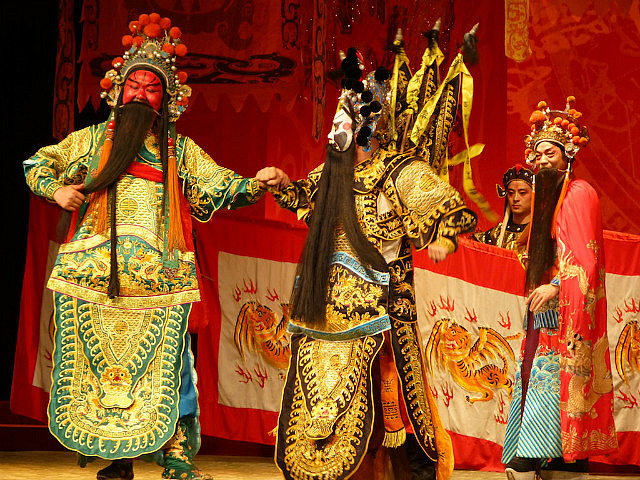
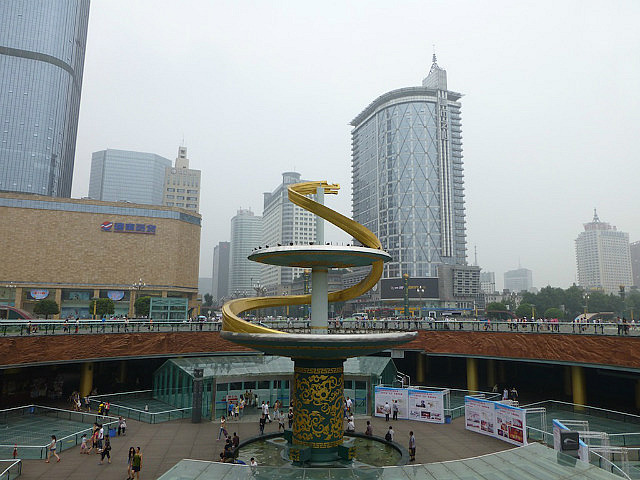

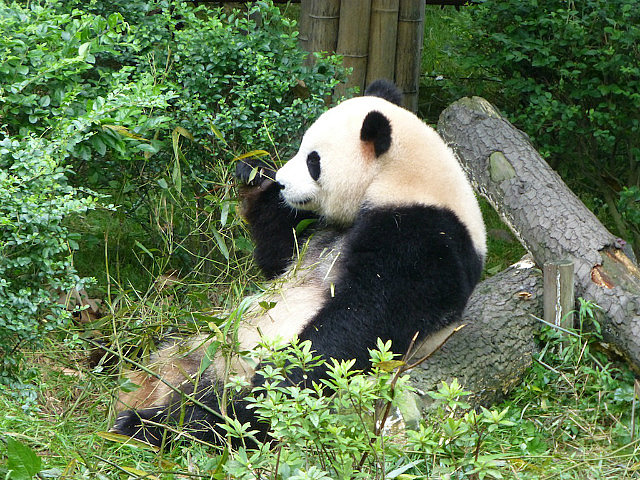
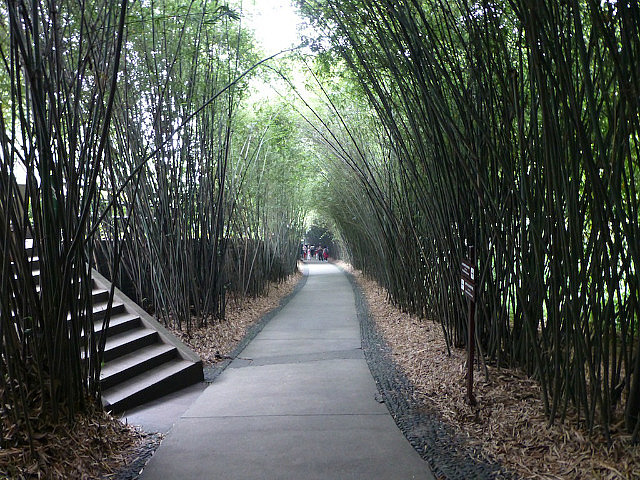
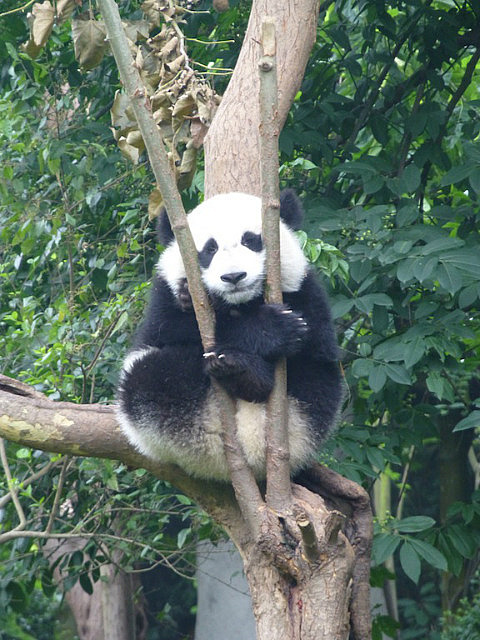

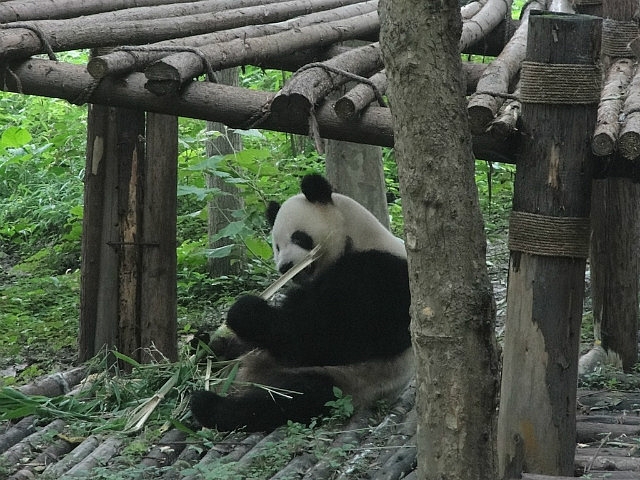
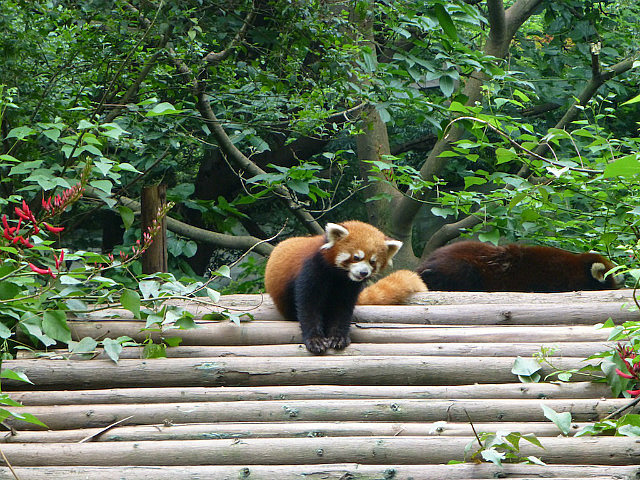
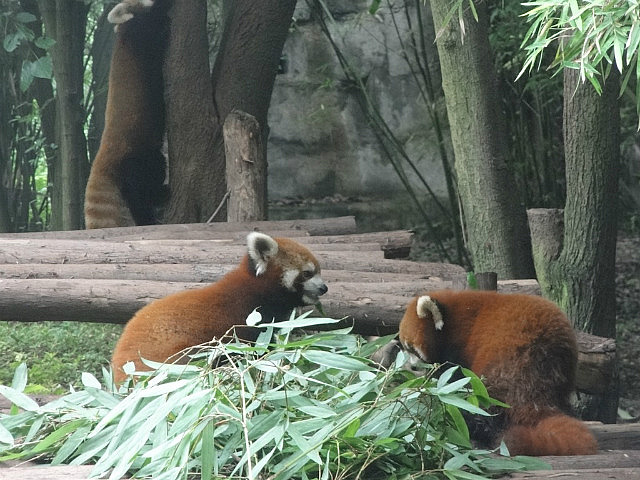
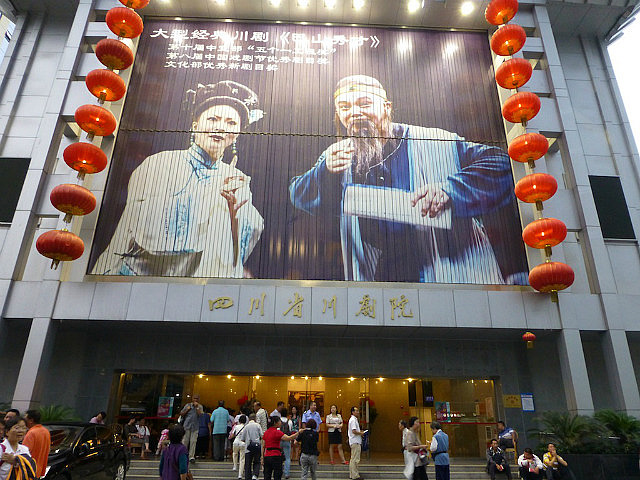
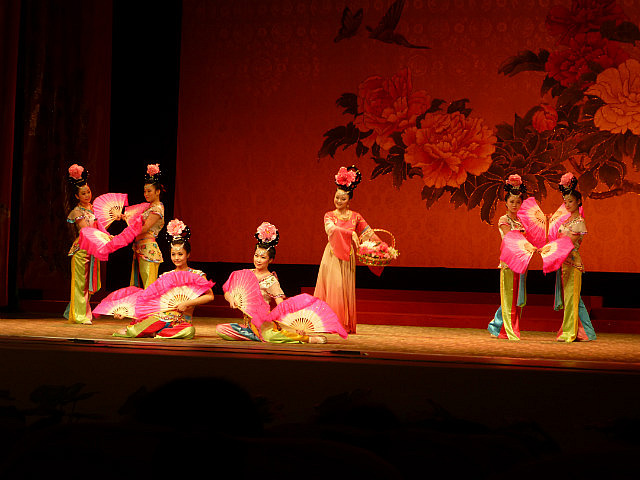

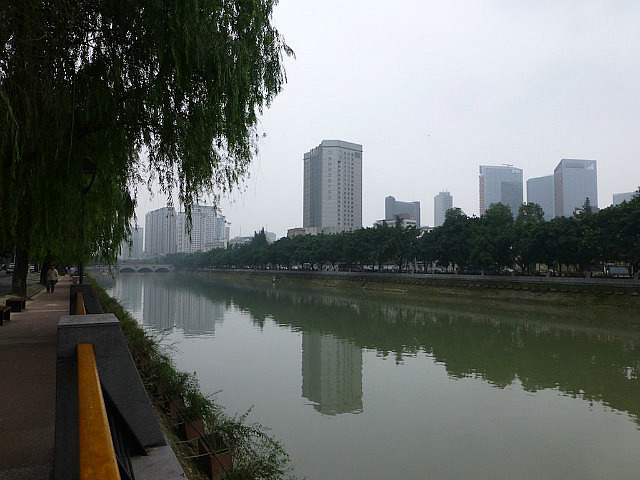

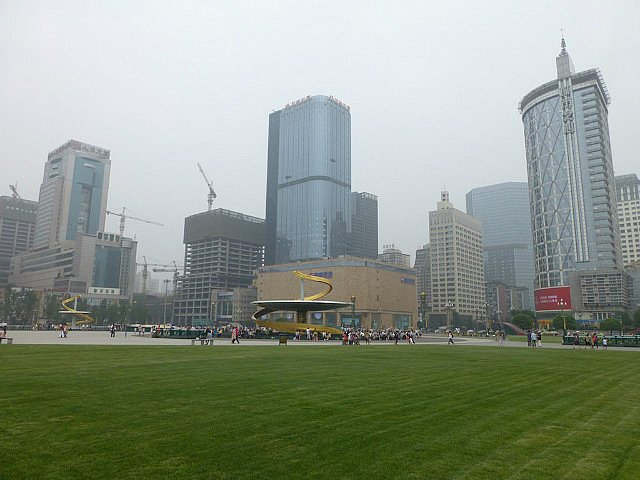
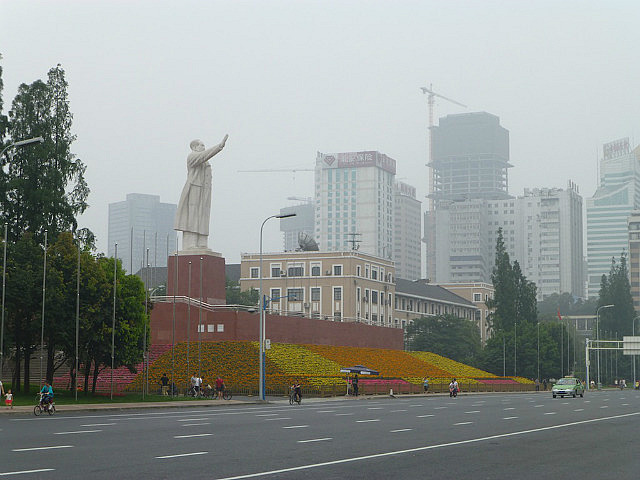
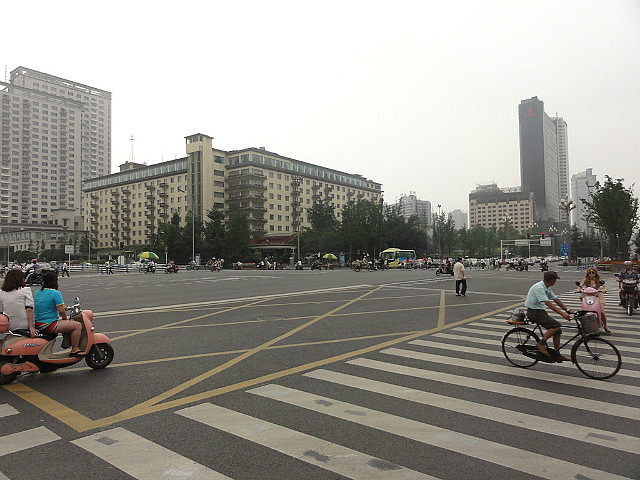
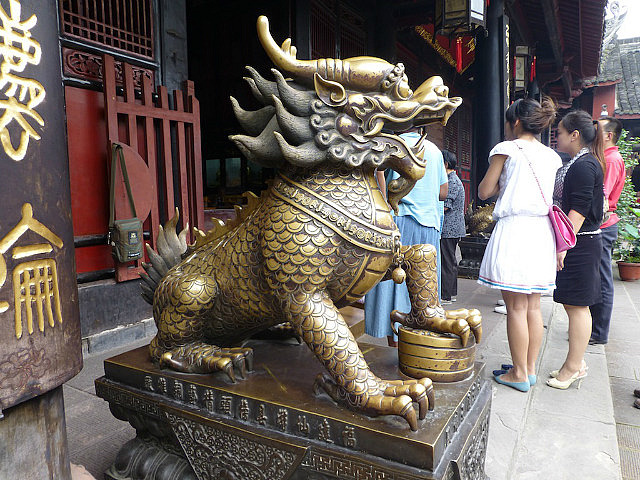
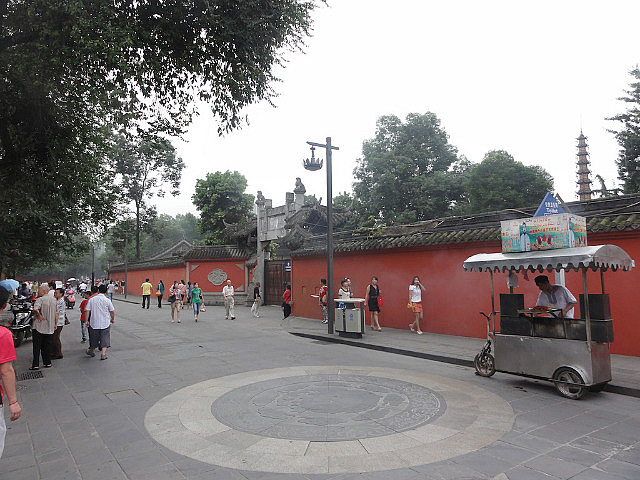
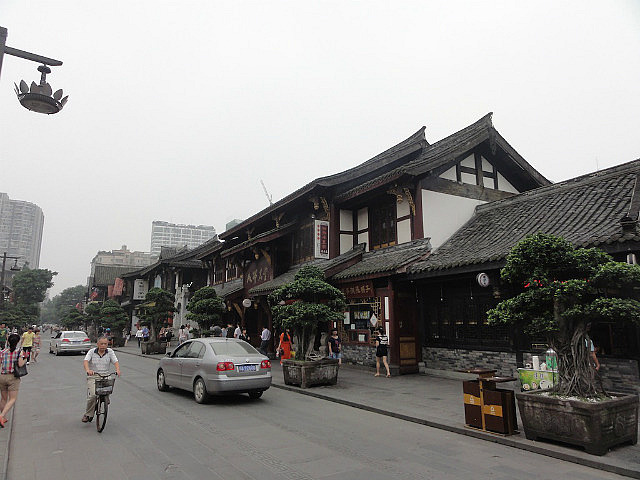
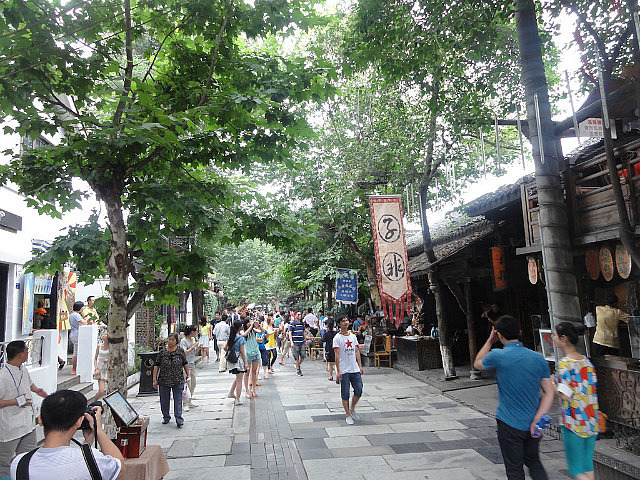
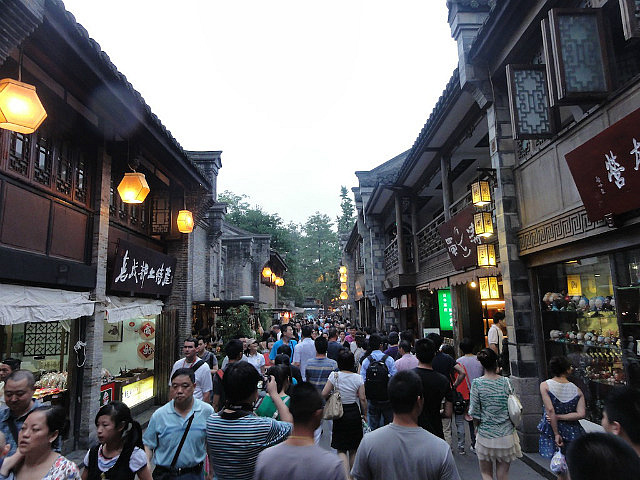
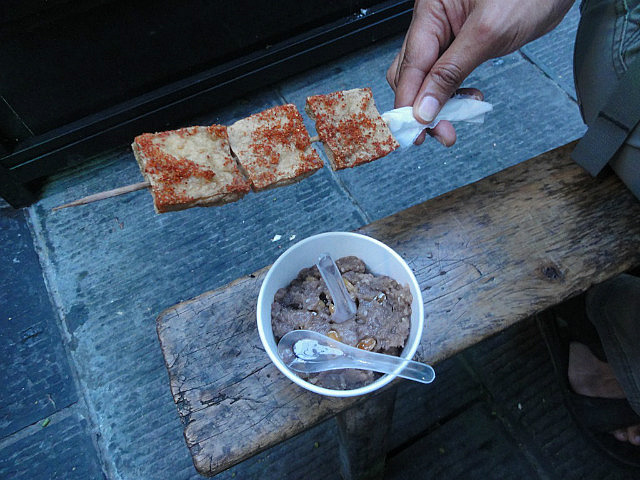
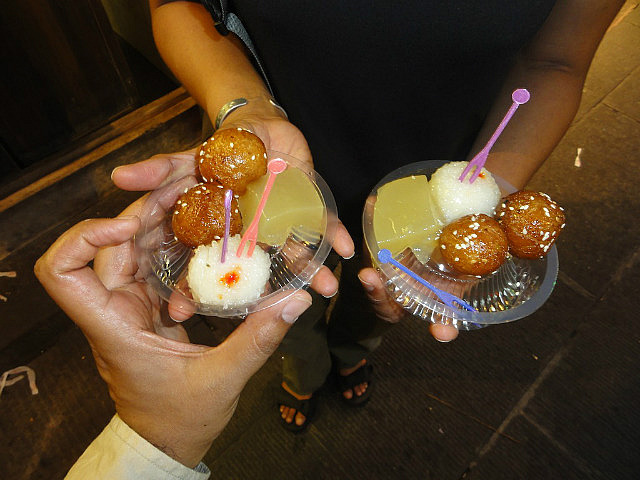
Comments